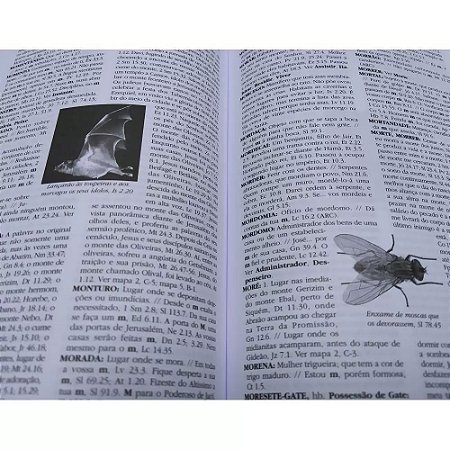
Natural Environmental Research Council: 176–182.īalduzzi A., Boero F., Cattaneo R., Pansini M. Proceedings of the World Underwater Federation (CMAS). An approach to the study of the benthic fauna of some marine caves along the Peninsula Sorrentina (Naples, Italy). Scientia Marina 53: 387–395.īalduzzi A., Boero F., Cattaneo R., Cicogna F., Pansini M., Pessani D. The suspension–feeder communities of a Mediterranean Sea cave. John Wiley & Sons, Hoboken, New Jersey.īalduzzi A., Bianchi C.N., Boero F., Cattaneo-Vietti R., Pansini M. Quantitative analysis of marine biological communities.

6th Mediterranean Symposium on Marine Vegetation (Antalya, Turkey, 14–15 January 2019). Transplantation of endangered Mediterranean habitat-forming bivalve Pinna nobilis as a prescribed conservation measure, a case study. Journal Marine Biological Association of United Kingdom 31: 107–112.īakran-Petricioli T., Kipson S. Underwater observations on the swimming of marine zooplankton. Il trapianto delle praterie di Posidonia oceanica. Conservazione e gestione della naturalità negli ecosistemi marino-costieri. Marine Biology 151 (6): 2245–2253.īacci T., La Porta B., Maggi C., Nonnis O., Paganelli D., Sante Rende F., Targus M., Boccalaro F., Bovina G., Cantasano N. Evaluating day-night changes in shallow Mediterranean rocky reef fish assemblages by visual census.

Ocean & Coastal Management 30(2–3): 297–307.Īzzurro E., Pais A., Consoli P. Posidonia oceanica re–implantation technology of the marine gardeners is now operational on a large scale. Marine Biology 41 (4): 317–333.Īugier H., Eugene C., Harmand-Desforges J.M. Distribution, abundance, and substrate preferences of demersal reef zooplankton at Lizard Island Lagoon, Great Barrier Reef. Quantitative underwater study of benthic communities inhabiting kelp beds off California. Pubblicazioni Stazione Zoologica di Napoli 30 (suppl.): 1–787.Īleem A.A., 1956. Ergebnisse der Osterreichischen Tyrrhenia Expedition, 1952. This work aimed to summarize the history of scientific diving and show its role in the development of marine biology and its importance in opening unexpected horizons in science.ĪA.VV., 1959. Scientific diving assumed an importance comparable to that of the electron microscope in cell biology, and today it is a standard tool in many marine biological research activities. The direct access to the underwater habitats determined a scientific revolution, by allowing a considerable advancement of the knowledge about the marine world and constituting an approach that no instrument operated by the surface could ever match. Other opportunities regarded the use of underwater devices as benthic chambers, landers, photo- and cinematographic time-lapse systems, or in situ experimental manipulations aiming at testing scientific hypotheses. Thanks to non-destructive methods, scientific diving became essential in Marine Protected Areas (MPAs) and, more in general, in field studies promoting conservation purposes. Moreover, scientific diving became an essential tool to explore environments challenging to reach otherwise, as submarine caves. This method has helped to refine the distribution maps of many species and coastal communities. Diving enabled marine scientists to collect biological and geological samples, observe organisms and their behavior directly in situ, study species interactions, and evaluate the marine communities’ structures and dynamics. Before the advent of diving, our knowledge about biology, ecology and behavior of subtidal organisms and the structure and dynamics of hard bottom communities were very superficial. Since the end of the Second World War, scuba diving has given new perspectives to marine sciences and, in particular, to marine biology.


History, scientific diving, marine biology, perspectives Abstract


 0 kommentar(er)
0 kommentar(er)
